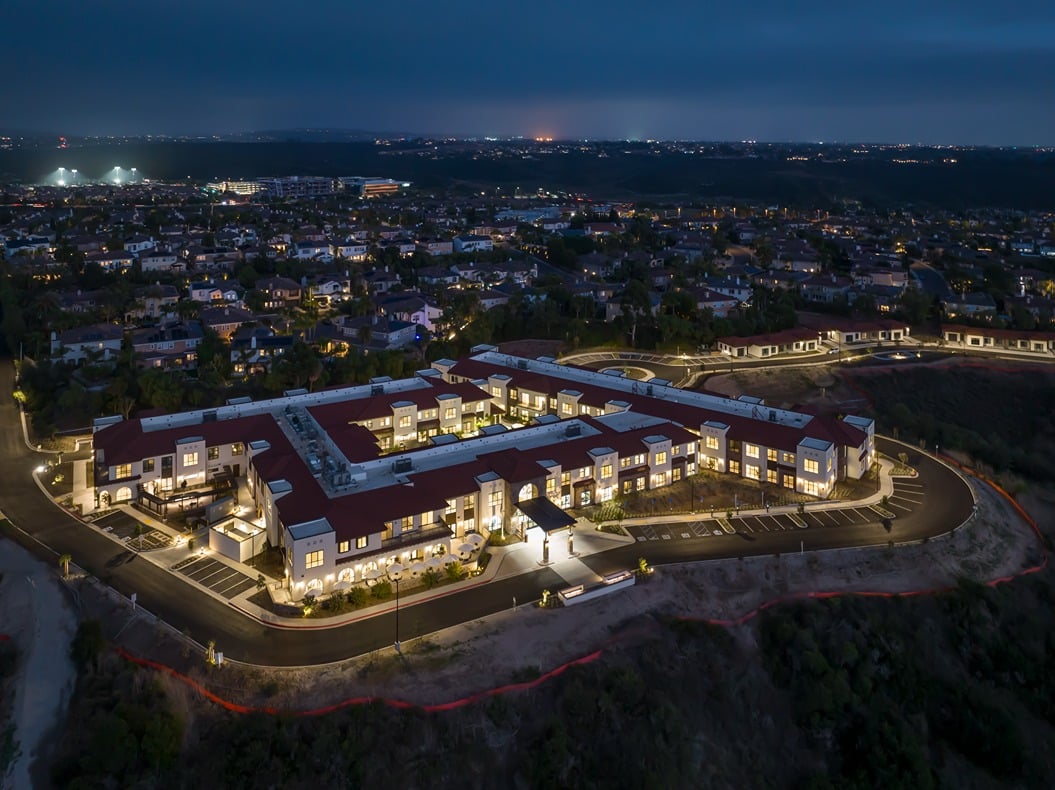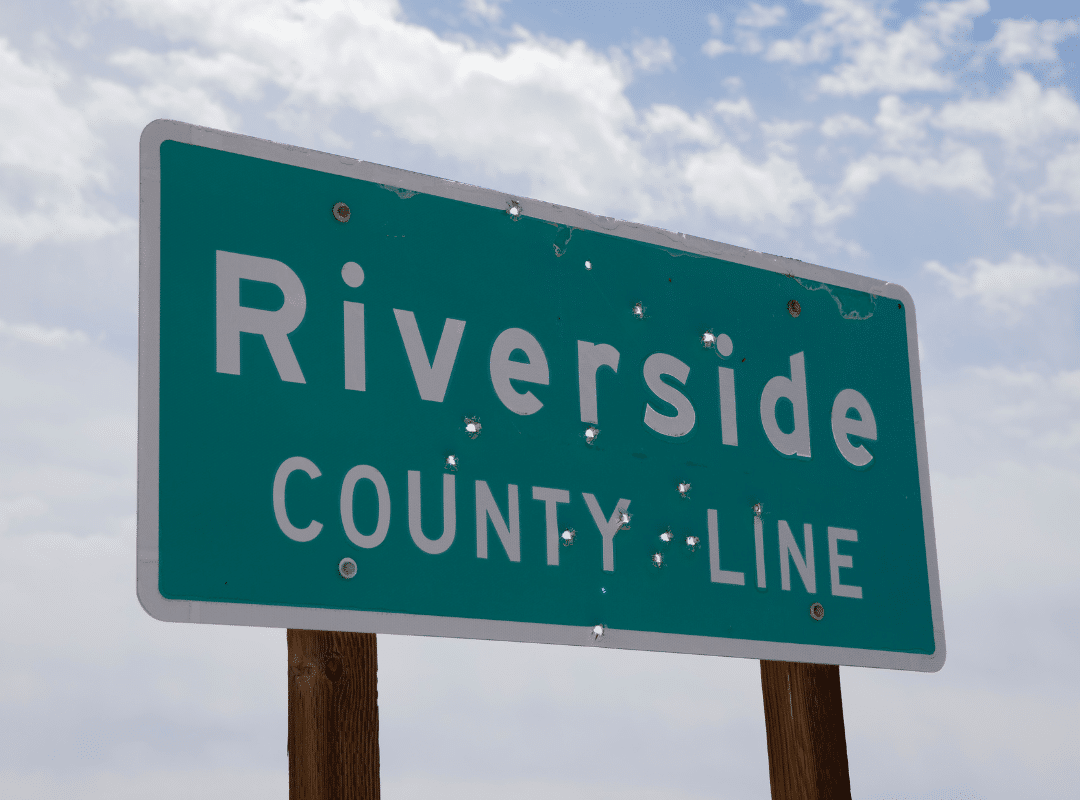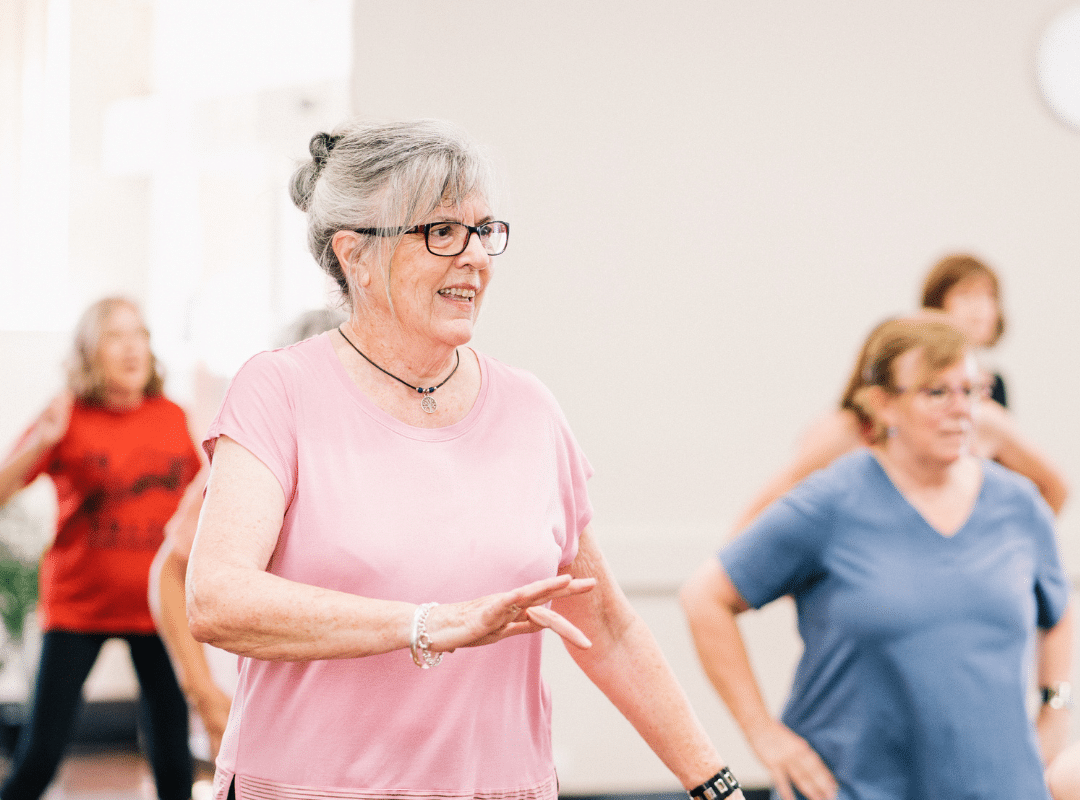
How to Know If the Heart Is Healthy: Signs Seniors Should Monitor
Understanding how to know if the heart is healthy is essential for seniors and caregivers alike. The heart is the engine of the body—yet its
Gain expert insights and practical tips to help seniors and their families navigate senior living with confidence.
Category: Health

Understanding how to know if the heart is healthy is essential for seniors and caregivers alike. The heart is the engine of the body—yet its

Finding the right assisted living San Diego community for your loved one can be a pivotal decision, balancing the need for support with a desire

Choosing the right assisted living Riverside County community for your loved one can feel overwhelming—but it doesn’t have to be. With thoughtful planning and access

Choosing the right shirts for seniors involves more than just picking a color or size—it’s about comfort, convenience, and expressing individuality. Whether shopping for yourself

A healthy lifestyle for seniors involves more than just good nutrition or regular doctor visits—it’s about creating daily habits that support long-term wellness. As we

Engaging in cognitive games for seniors is more than a leisure activity – it’s an essential part of keeping the brain active, sharp, and resilient.

Choosing the right place to spend your golden years is a deeply personal decision—one that should provide both independence and comfort. If you’re seeking a

Exploring senior communities in California offers more than just a place to live – it introduces a vibrant lifestyle built on connection, comfort, and convenience.

Coughing is a common symptom that many people associate with the common cold or minor throat irritation. However, a cough in old age can be

Choosing the right Fresno independent living community is more than just a housing decision – it’s a lifestyle choice that can shape your comfort, independence,
Discover the level of care you or your family member requires.
Popular Blogs





Find out if you or your loved one’s current lifestyle is best suited for long, healthy aging.
Each of our communities across California and Oregon offers a unique blend of activities, connection, and wellness.
Embrace a lifestyle where your interests and independence are celebrated every day.
9000 Murray Drive La Mesa, CA 91942
Luxury redefined in a resort-style setting, tailored for dynamic senior living experiences.
190 Via Jero, Goleta, CA 93117
Where warmth meets care, curating an inviting senior living experience.
17050 Arnold Drive Riverside, CA 92518
A harmonious blend of belonging, independence, and enriching senior lifestyles.
All Rights Reserved. Powered by ConversionFormula.
Pick a Westmont community to explore and schedule your personal walkthrough!
Make yourself at home where a happy, healthy lifestyle goes hand-in-hand with your personal fulfillment, enrichment, and growth.
Answer a few quick questions to unlock the exciting future senior living can offer!